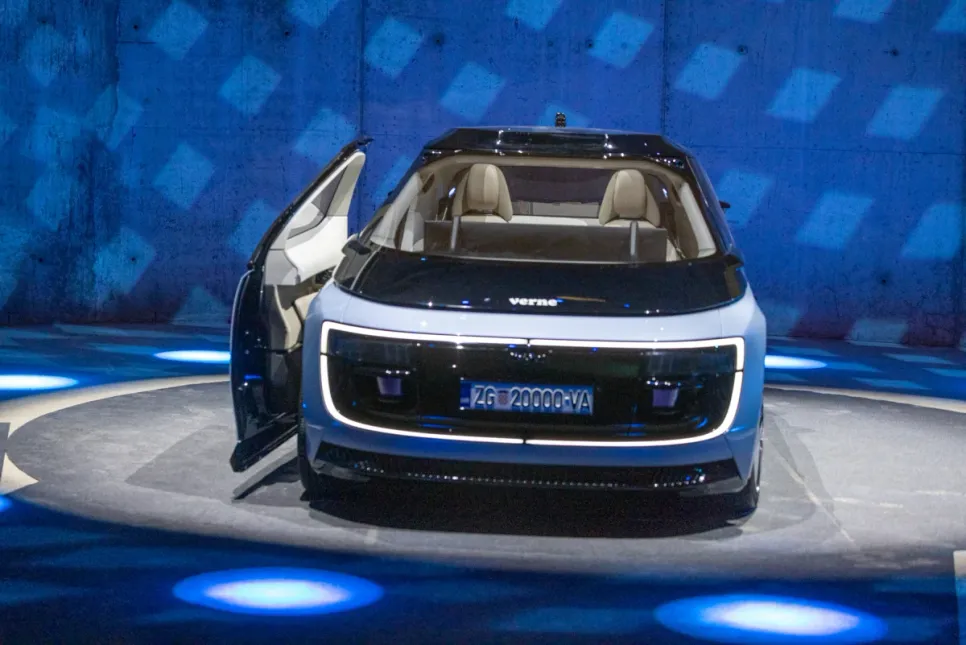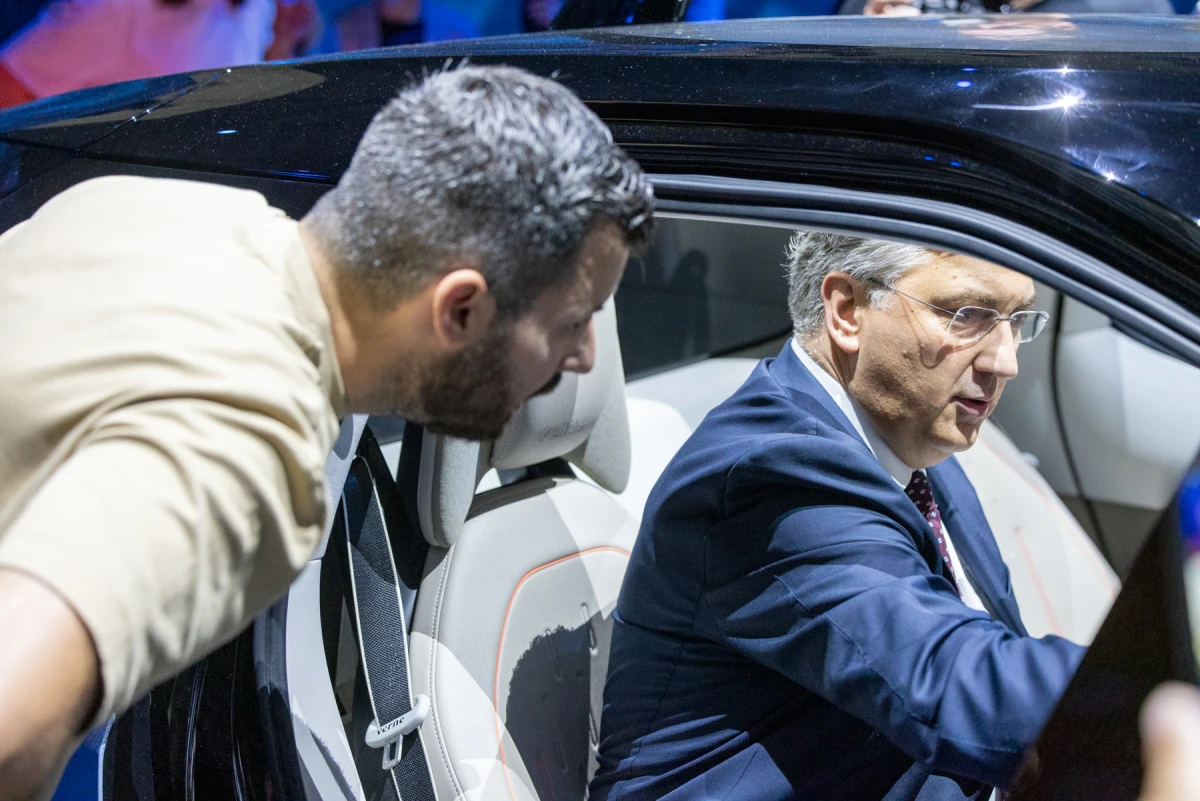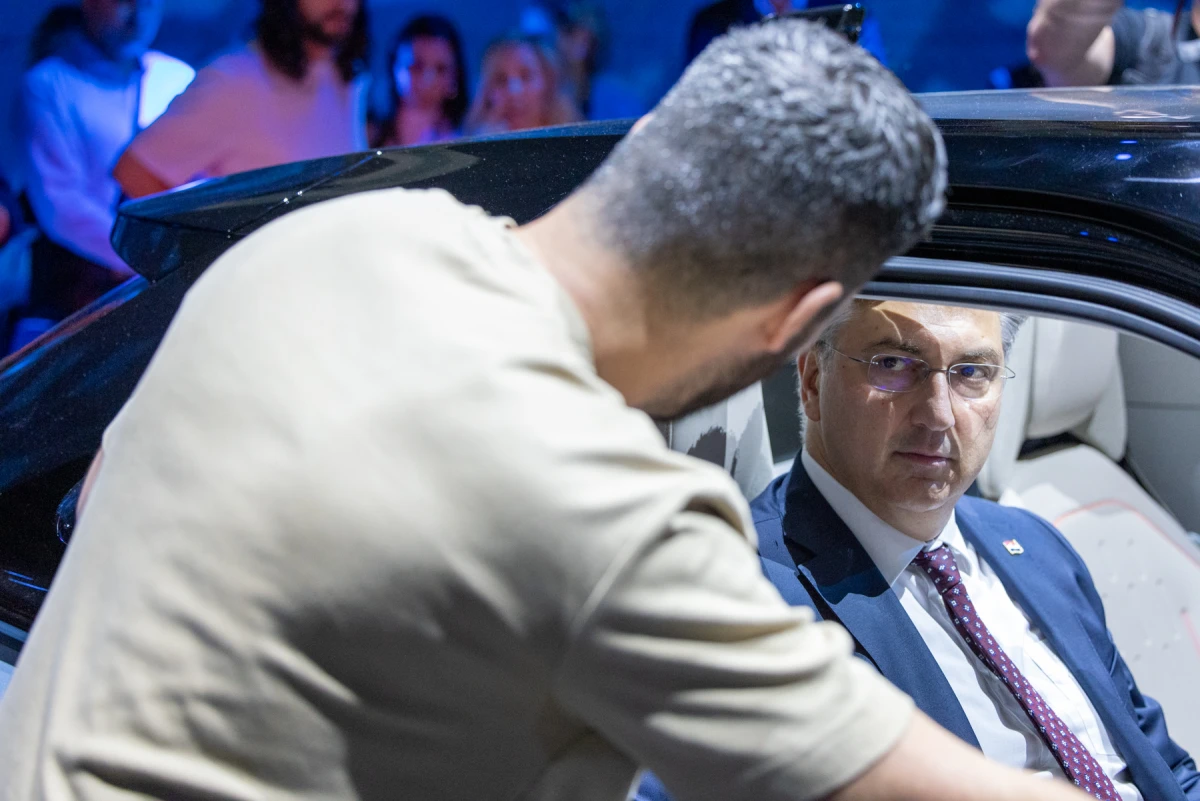MissionH24 and Bosch Partner on Hydrogen Racing Car
The collaboration between the ACO and the H24Project for emission-free competitions is strengthened by the latest partnership with Bosch Motorsport.

Rimac Group launched a Verne brand, created to develop and operate a fleet of autonomous electric taxis. Named after Jules Verne, a French poet and novelist, the division is the brainchild of Mate Rimac and it was previously referred to as Project 3 Mobility.
Verne's robotaxi is a two-seater built on a purpose-designed platform and powered by an electric motor. Technical specifications haven't been released, but the brand noted that its EV was engineered exclusively for autonomous ride-hailing. It doesn't have a steering wheel or pedals. The self-driving bits include an armada of cameras, radars, and lidar as well as Mobileye's Drive software platform. Verne points out that the system is versatile enough to adapt to different weather conditions, various types of roads, and even local driving styles.
Inside, there's space for two passengers on reclining seats, a center console with a tablet and several buttons, as well as a 43-inch screen that stretches across most of the dashboard. The company explained why they're developing a two-seater. that there's a good reason for it: Adriano Mudri, the brand's head of design, also responsible for the Rimac Nevera, said the data shows that nine out of 10 rides are used by one or two people.

Marketed as offering more interior space than a Rolls-Royce, the robotaxi features a 17-speaker sound system, seats with five levels of comfort to let the passengers work, relax, or rest, as well as a panoramic roof panel. There's also a button called the Median located on the center console that lets the passengers start and stop the ride. Verne predicts this feature will help convince users who might be skeptical of autonomous technology to give its service a try; they're a push of a button away from getting out.
Verne's service will be app-based, and users can customize each car before it shows up. They'll be able to set the ambient lighting and the climate control system, for example. At the end of a shift, the robotaxis will autonomously return to what Verne calls a Mothership. It's where the cars will be inspected, cleaned, maintained, and charged to ensure they're ready to hit the road the following day.

Verne will manufacture its robotaxi in a new facility that's currently under construction near Zagreb, Croatia. Zagreb is also where Verne will begin operating in 2026. After that, it will expand across Europe and the Middle East. It has signed agreements with 11 cities, and it's in talks with over 30 cities around the world about potentially setting up a Mothership.